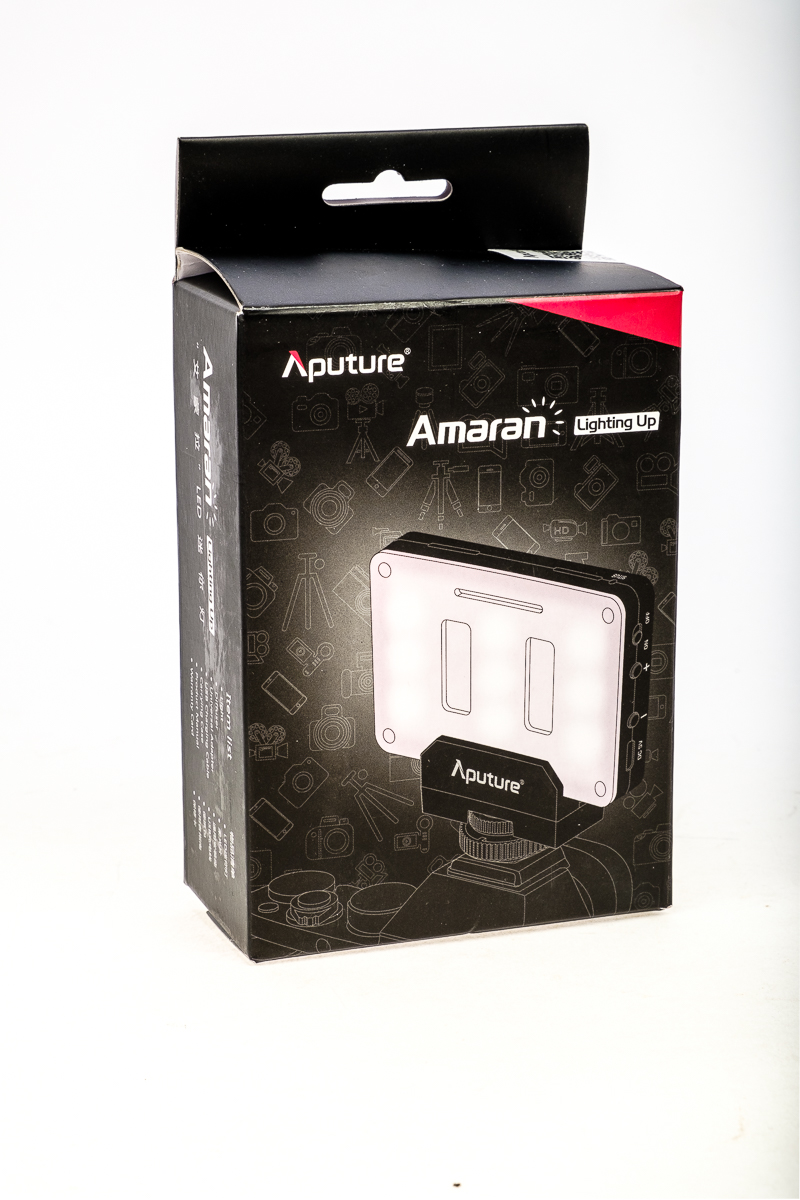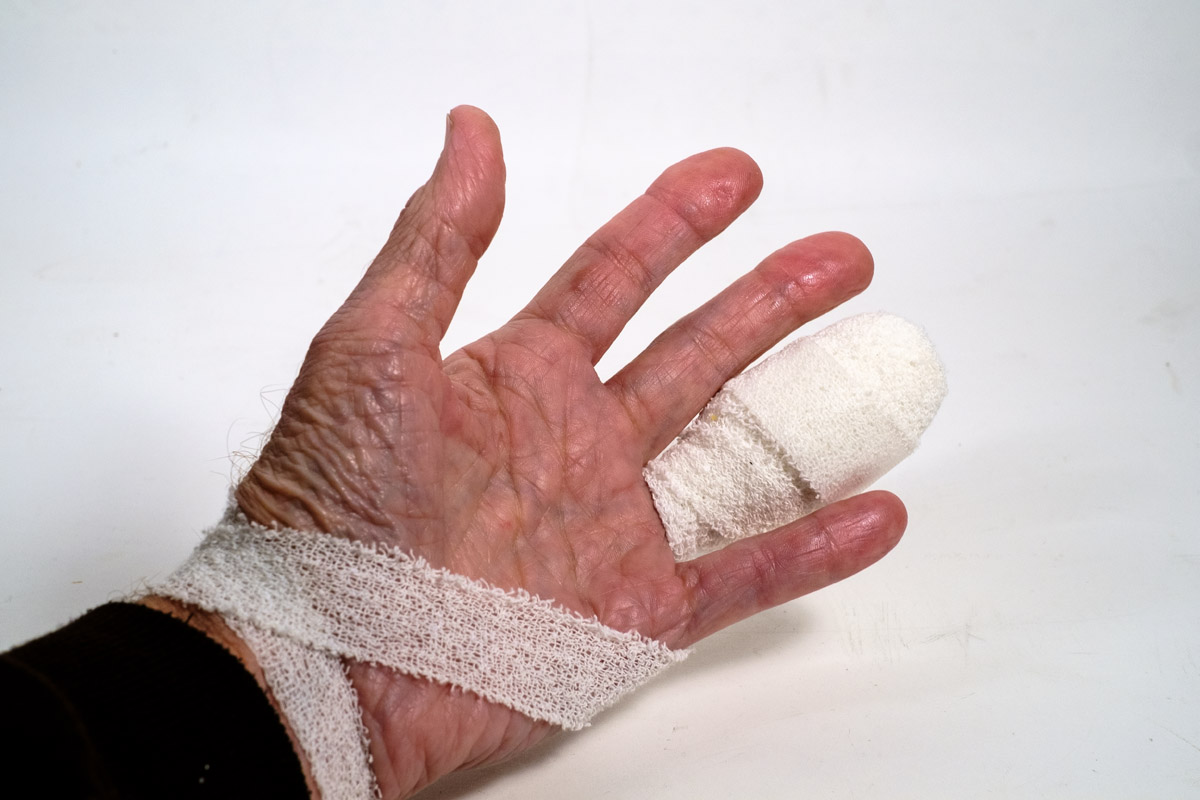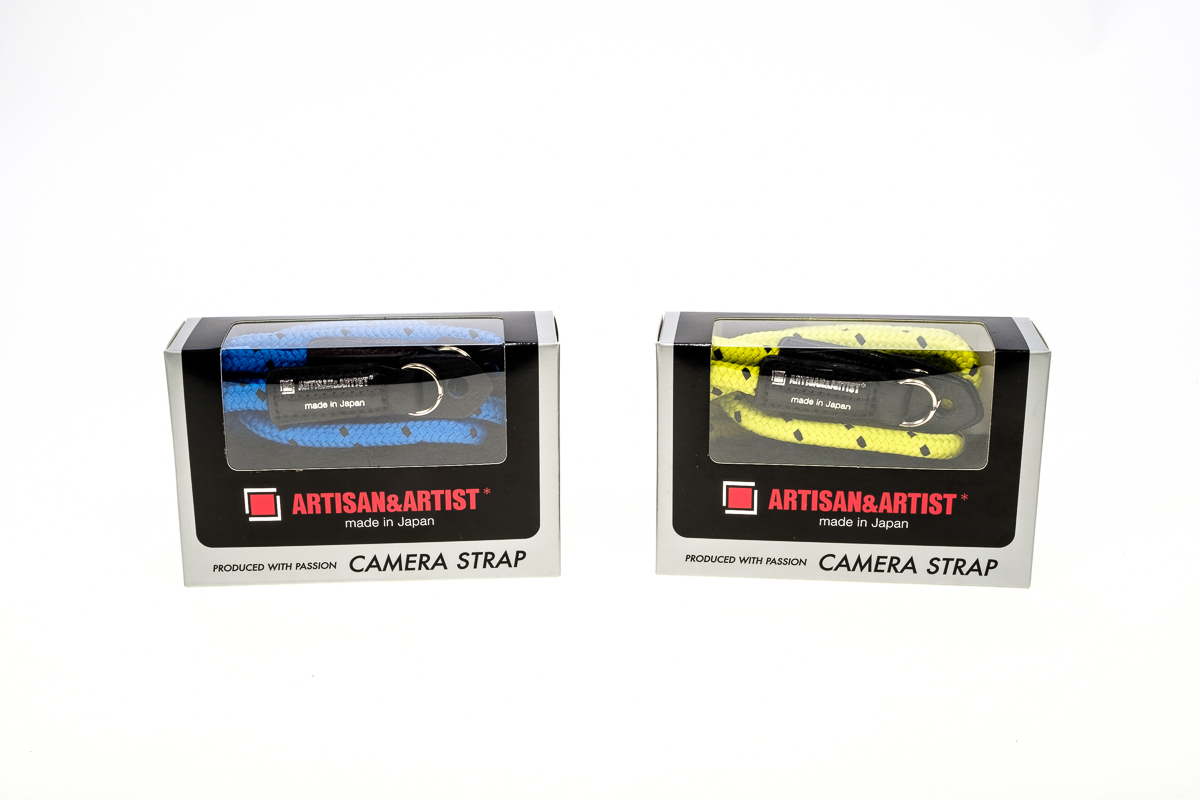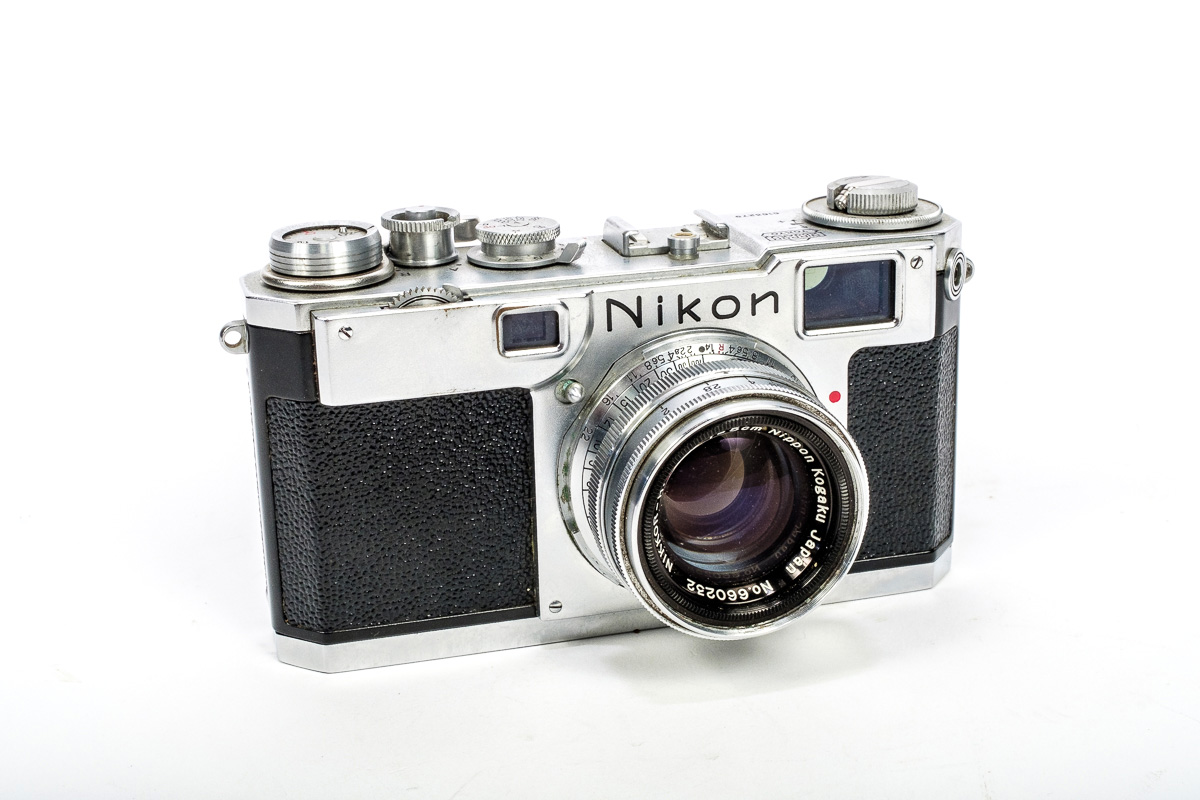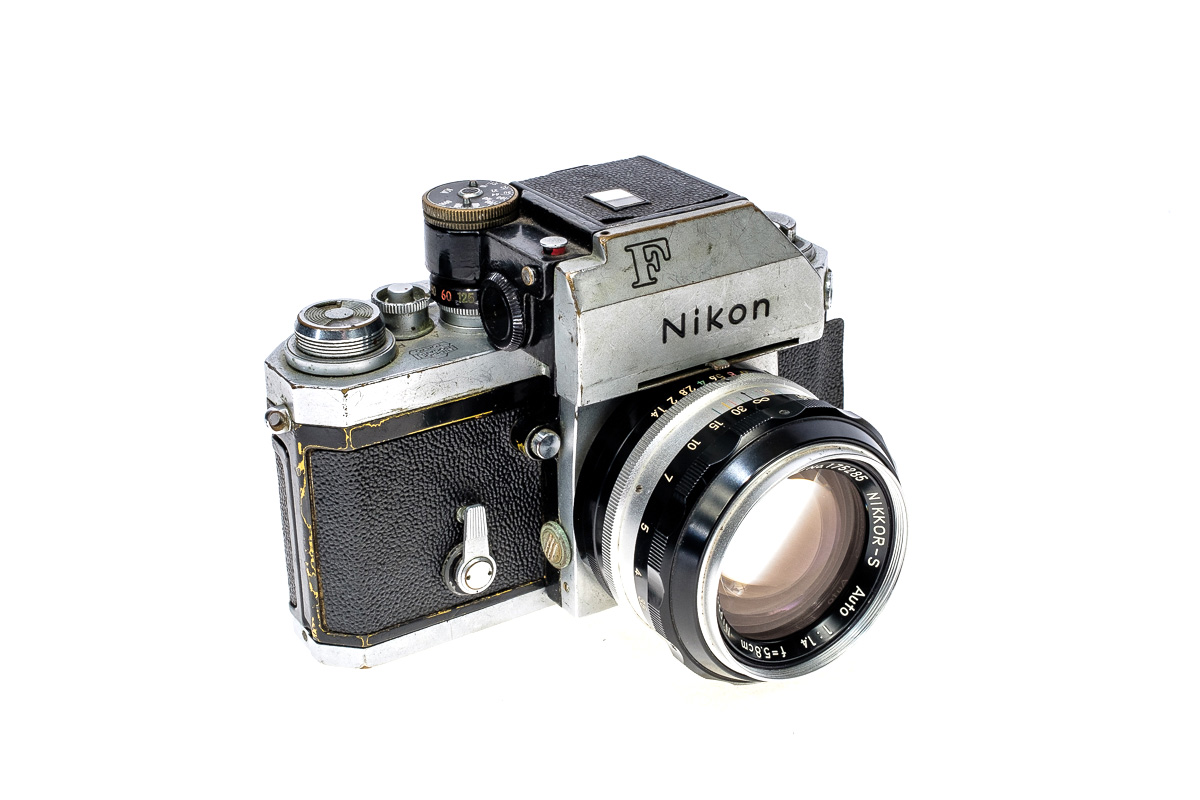28 Aug The Small Plate Special
First LED panel off the rank is one of the smaller variety - the 0Amaran ALM9 from Aputure. It comes with a detachable front diffuser, a grey filter, a hot mount clamp, and a USB charging cord - all packed in a padded case with a carabiner to attach to your belt. It's tiny and light, but features a couple of multi-step power buttons on one edge. The charging time was indeterminate as I plugged it and another panel in and went to bed. Okay - here's rundown on the two tests done in the studio - it was completely dark and no walls close to affect the light as it went from the camera position to the test stand. The distance was about 2 metres - an average sort of place to be taking digital pictures from. The first test was to shoot with ISO 800 and as close to f:8 as could be maintained. The shutter was left to operate itself with a the camera using a spot metering pattern The camera was the regular studio Fujifilm X-T2 on a stand. This...


